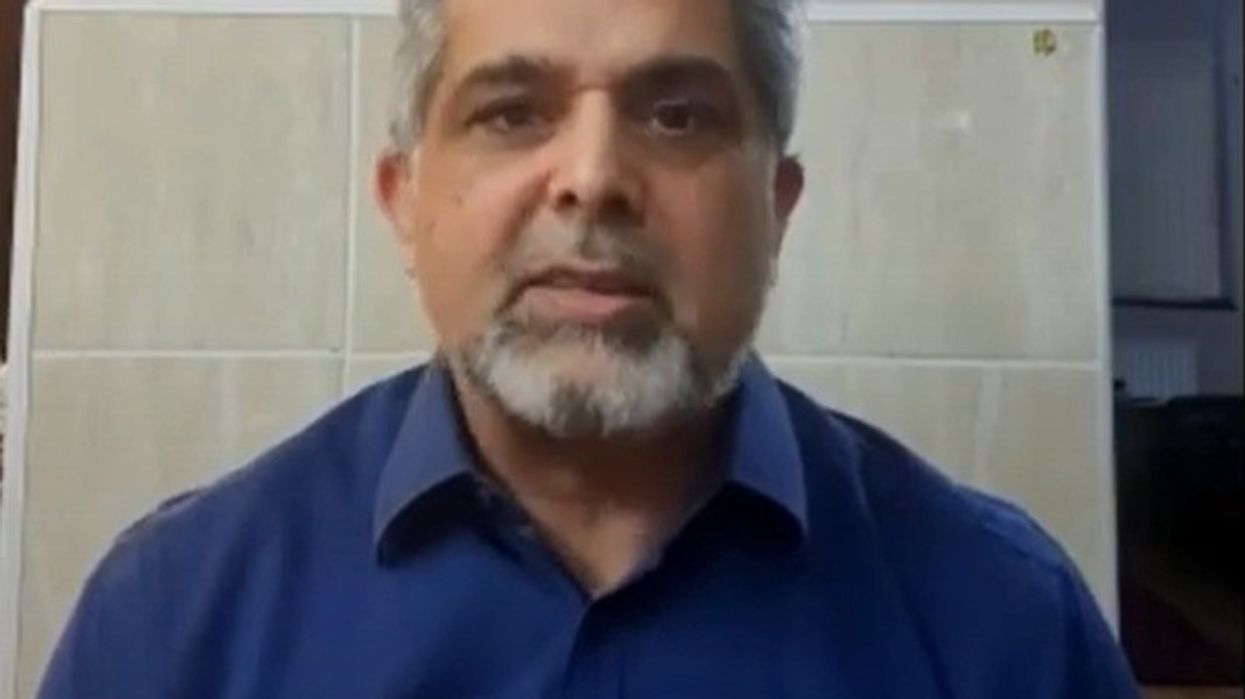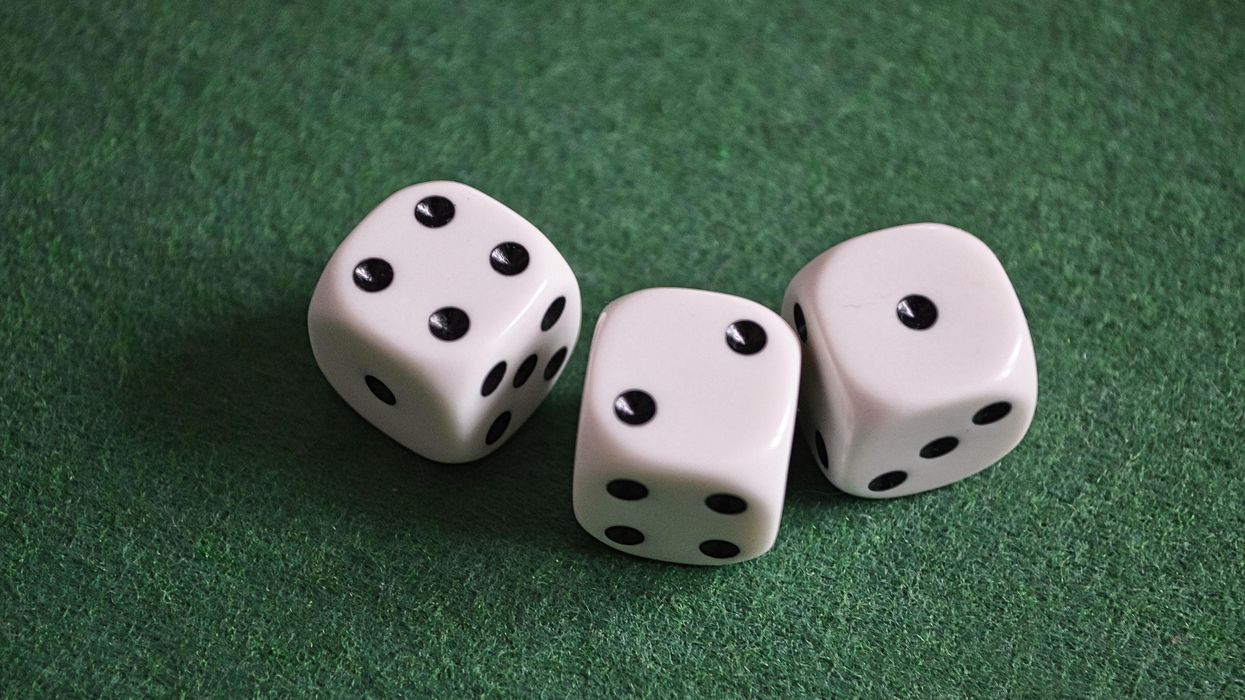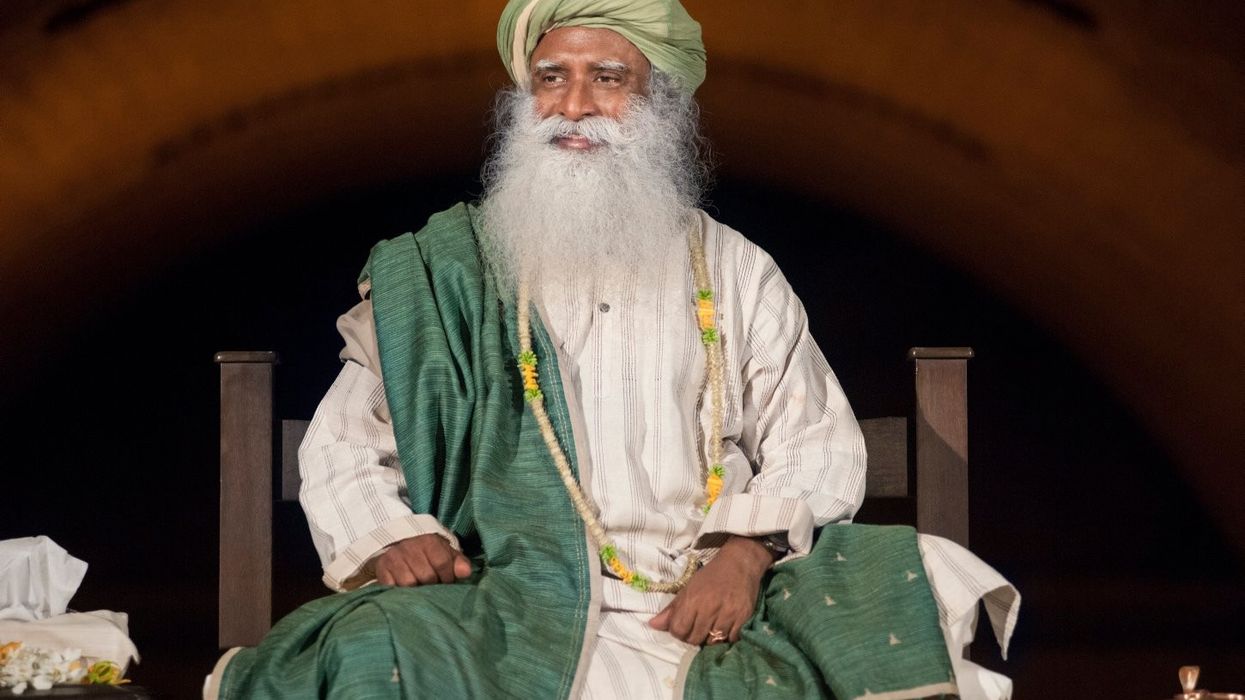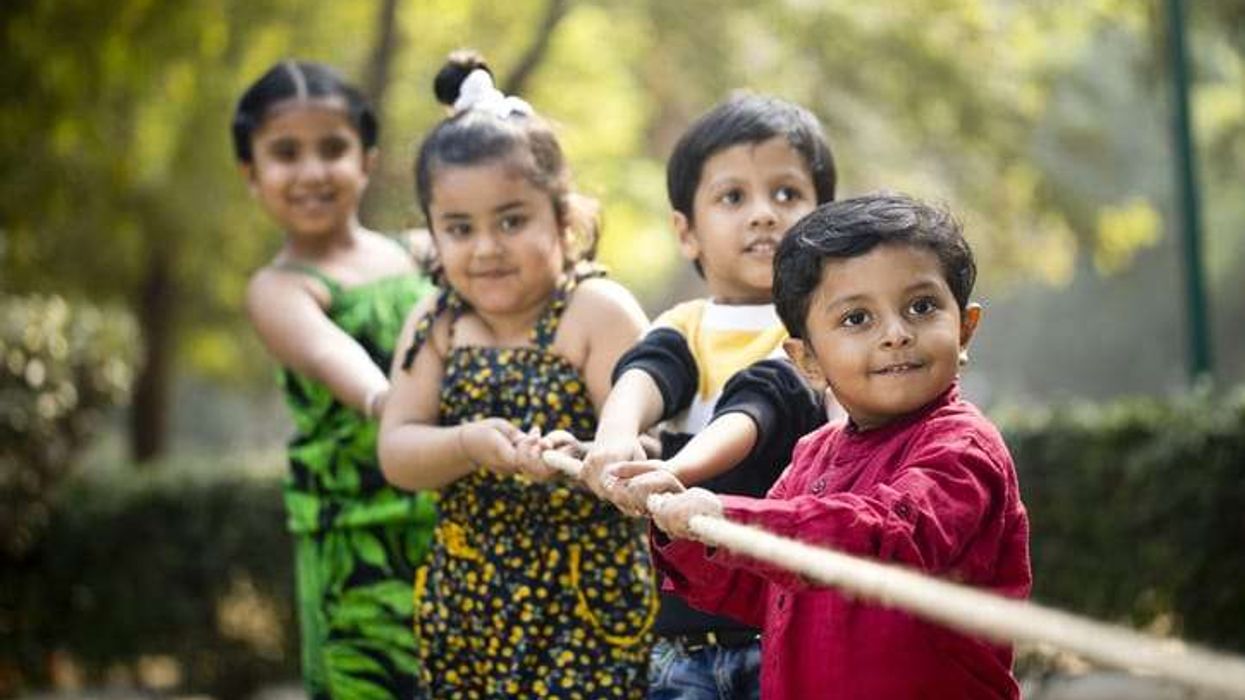By Adam Shaw, Local Democracy Reporting Service
THE leader of Brent Council recounted his “horrendous” experience of suffering from Covid-19, as he urged people to take the virus seriously.
In a public message, Cllr Muhammed Butt explained how he fell ill over the festive period and subsequently tested positive for Covid.
He noted symptoms including migraines, a constant cough, breathing issues, shivering, and an inability to get out of bed.
“Anyone can catch this virus; I know this all too well as I was ill with Covid-19 over Christmas, which knocked me for six,” he said.
“Thanks to all the great help and advice from the NHS, I am now on my way to getting over the virus but not everyone is this fortunate.”
Cllr Butt has been keen to stress that Covid-19 is not “just the flu”, a hoax, or something to shrug off as nothing more than an irritation.
He implored residents to not treat the situation lightly, particularly as they live in an area which has seen health services under increasing pressure.
Across the country there are around three times as many people in hospital with Covid issues when compared to November.
In Brent, the number of Covid-19 cases is around five times higher than in November, with around one Covid-related death each day.
To combat the spread of the virus, Cllr Butt asked people to follow the government’s advice and stay at home unless absolutely necessary over the coming weeks.
“There is light at the end of this very long tunnel. There are now two vaccines being delivered and the NHS is doing an amazing job treating those who need it the most," he added.
“There is hope this year, but we all need to pull together and support one another. If we all do our bit, we can look forward to better times ahead.”













